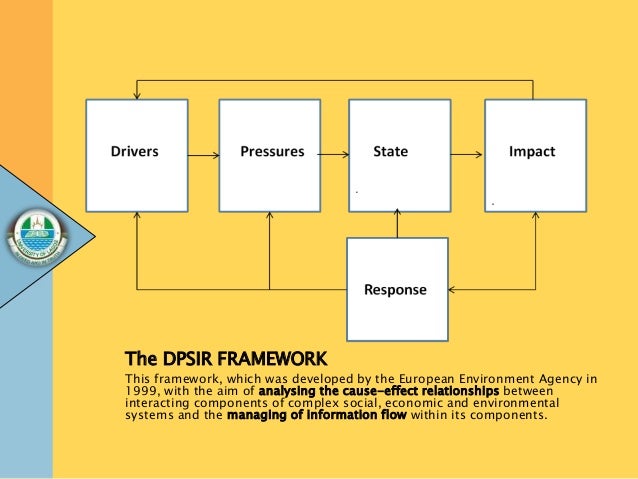Social Drivers Of Land Use Change


Wipeout Hd Pc Game Download here. Install Windows On Asus Chrome Box on this page. Research Summary We attempt to understand the range and relative importance of the multiple biophysical and socioeconomic determinants that influence urban form and patterns of urban expansion. Economic reforms and trade policy since the 1980s, combined with concurrent technological changes, have opened up parts of the developing world to unprecedented levels of foreign direct investment. This infusion has transformed regional economies, cultures, political systems, and the local environment. This chapter discusses how foreign direct investment in Bangalore, India, has served not simply to fuel rapid growth in urban population and urban extent but also has strongly affected regional planning and infrastructure policy. Bangalore’s and India’s political history plays an instrumental role, directly or indirectly creating incentives for industry and middle-class workers to decentralise into self-contained landscapes at the urban periphery. We argue that policy and planning approaches must understand and consider the legacies of local and national policies, measure how and why private capital is reshaping urban space, and incorporate private-sector actors into sustainable development discussions. Gta 3 Install Apk.
To date, many geography studies have identified GDP, population, FDI, and transportation factors as key drivers of urban growth in China. The political science literature has demonstrated that China’s urban growth is also driven by powerful economic and fiscal incentives for local governments, as well as by the political incentives of local leaders who control land use in their jurisdictions. These parallel but distinct research traditions limit a comprehensive understanding that can result in partial and potentially misleading conclusions of urbanization in China. This paper presents a spatially explicit study that incorporates both political science and geographic perspectives to understand the relative importance of hierarchal administrative governments in affecting urban growth. We use multi-level modeling approach to examine how socio-economic and policy factors – represented here by fiscal transfers – at different administrative levels affect growth in “urban hotspot counties” across three time periods (1995–2000, 2000–2005, and 2005–2008).
Global land use change, economic globalization, and the looming land scarcity. Land changes are cumulatively a major driver of global envi-ronmental change (1). Land Use Changes: Economic, Social, and Environmental Impacts. Social progress. Land use change, however, does not come without costs (see Table 1).
Our results show that counties that are more dependent on fiscal transfers from the central government convert less cultivated land to urban use, controlling for other factors. We also find that local governments are becoming more powerful in shaping urban land development as a result of local economic, fiscal, and political incentives, as well as through the practical management and control of capital, land, and human resources. By incorporating fiscal transfers in our analysis, our study examines a factor in the urban development of China that had previously been neglected and provides an improved understanding of the underlying processes and pathways involved in urban growth in China. That urban and rural places are connected through trade, people, and policies has long been recognized. The urban land teleconnections (ULT) framework aims advancing conventional conceptualizations of urbanization and land.
The conceptual framework thus opens way to identify and examine the processes that link urbanization dynamics and associated land changes that are not necessarily colocated. In this paper, we review recent literature on four manifestations of urbanization that, along the lines of the ULT framework, highlight the importance of process-based conceptualizations of urbanization and land along a continuum of land systems. We then discuss potential approaches to improve the knowledge base on how and where urbanization is driving land change. China has undergone large-scale urban expansion and rapid loss of cultivated land for more than two decades. The goal of this paper is to examine the relative importance of socioeconomic and policy factors across different administrative levels on urban expansion and associated cultivated land conversion.
We conduct the analysis for urban hotspot counties across the entire country. We use multi-level modeling techniques to examine how socioeconomic and policy factors at different administrative levels affect cultivated land conversion across three time periods, 1989–1995, 1995–2000, and 2000–2005. Our results show that at the county level, both urban land rent and urban wages contribute to total cultivated land conversion. Contrary to expectations, agricultural investment drives farmland conversion, suggesting a policy failure with unintended consequences. At the provincial level, urban wages and foreign direct investment both positively contribute to cultivated land conversion.